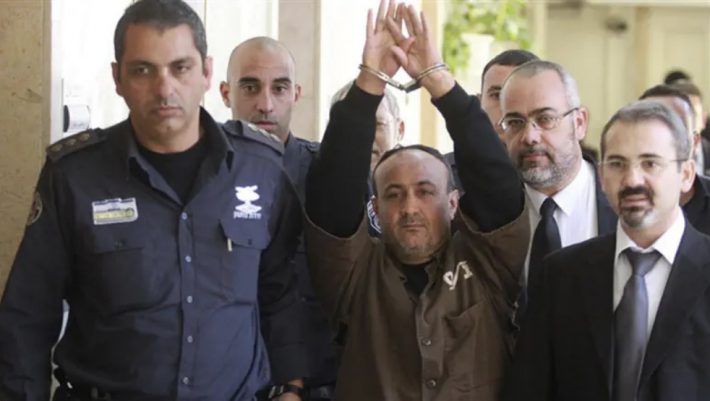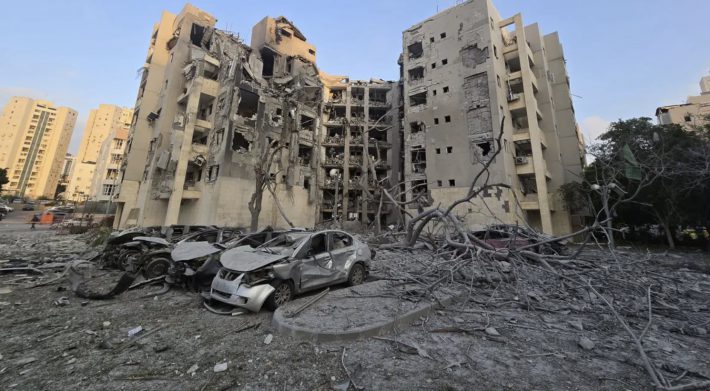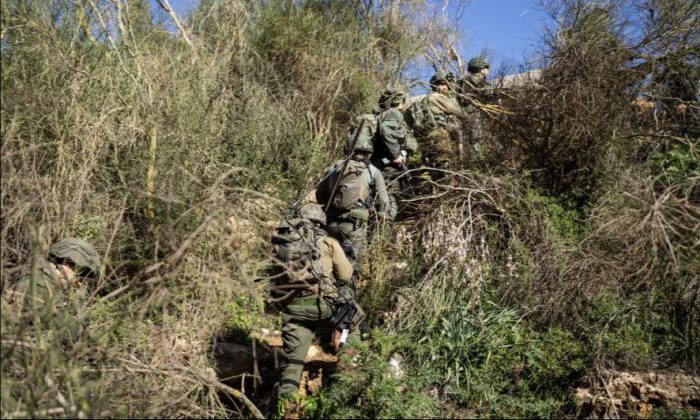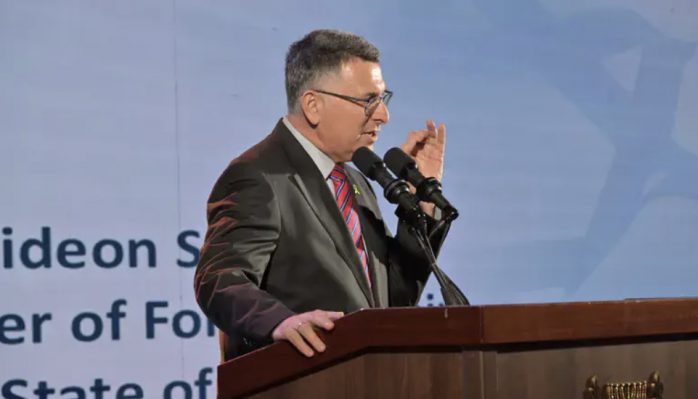Negotiations Progress, But Core Disputes Still Threaten Fragile Israel-Hamas Ceasefire Talks
Despite notable progress in the indirect negotiations between Israel and Hamas, multiple sources familiar with the talks warn that key sticking points remain unresolved—threatening the potential breakthrough that many had hoped was within reach.
According to sources with direct knowledge of the discussions, approximately 80% of the issues on the table have been agreed upon in principle. However, the most contentious elements—those with the highest potential for derailment—are still in dispute. Chief among these are disagreements over humanitarian aid distribution during the proposed 60-day ceasefire, and the status and movement of IDF forces within Gaza throughout the pause in hostilities.
The Lebanese newspaper al-Akhbar, citing sources in mediating countries, reported that Israel’s security-centered approach has created additional friction. According to the report, Jerusalem has focused narrowly on tactical objectives rather than embracing a broader roadmap for resolution. One source accused Israel of “seeking to manufacture new crises,” particularly concerning the Rafah Crossing, which Israel insists should be opened solely for humanitarian cases. Israel reportedly opposes the return of displaced Gazans through the crossing during the ceasefire window.
Another critical obstacle is the issue of prisoner releases. Hamas has demanded the symbolic release of high-profile prisoners—including Marwan Barghouti and Ahmad Sa’adat, both of whom are regarded as national figures by many Palestinians. Israel has strongly rejected this demand, viewing their release as unacceptable due to their roles in orchestrating past terror attacks and their leadership status within militant factions.
Although the tone of the negotiations remains cautious, there is still a shared desire among mediators and involved parties to preserve momentum. Mediators continue to shuttle between the parties, hoping to bridge the remaining gaps.
The talks, while delicate and at times volatile, represent the closest the region has come in months to a potentially stabilizing ceasefire—one that could pave the way for further dialogue and humanitarian relief. However, as long as fundamental disagreements over security arrangements and symbolic gestures remain unresolved, a final agreement remains uncertain.





